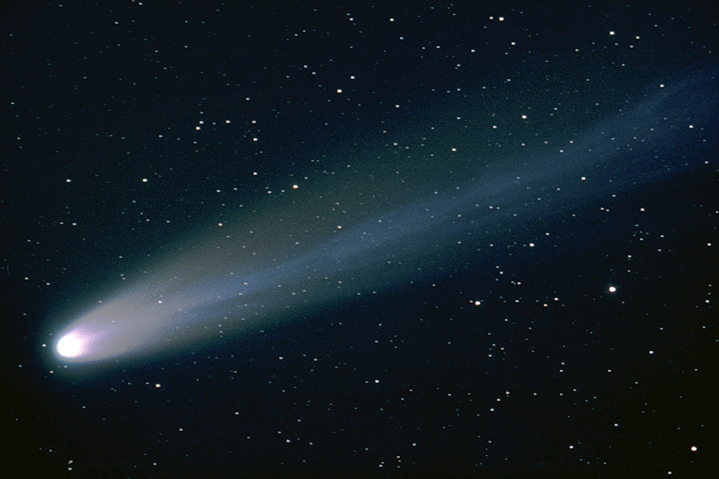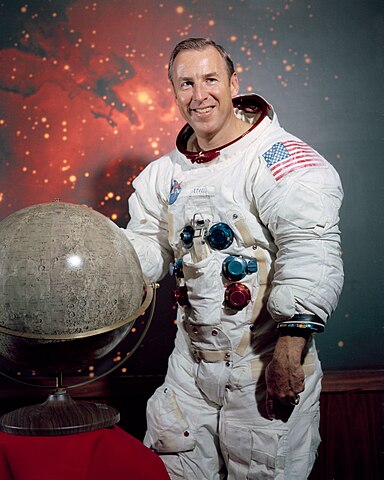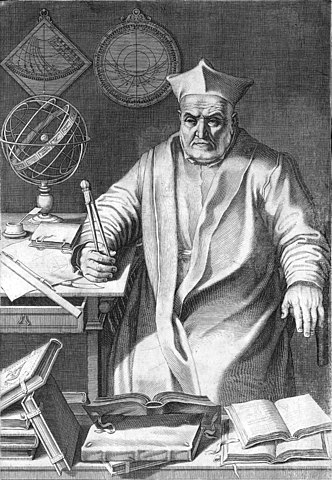2014 – Soyuz TMA-12M launches from Baikanour for a rendevous with the International Space Station. The Soyuz remained docked to the ISS to serve as an emergency escape vehicle until undocking and landing as scheduled on 11 September 2014. Crew Aleksandr Skvortsov, Oleg Artemyev, Steven R. Swanson

1996 – Comet Hyakutake, discovered on January 30, 1996, by Yuji Hyakutake, passed within 0.1 AU (15 million km) of Earth. It is a long-period comet that became one of the brightest comets of the 20th century.


1961 – Zvyozdochka (“starlet”), who was named by Yuri Gagarin, made one orbit on board Korabl-Sputnik 5, the last test flight before Gagarin’s famous first man in space flight on April 12.
1951 – 21 cm wavelength radiation from atomic hydrogen in the Milky Way first detected; 1420 MHz H I studies continue to form the basis of a major part of modern radio astronomy.
1655 – Titan, Saturn‘s largest satellite, is discovered by Christian Huygens. He also discovered Saturn’s ring system the same year.
Birthdays

1928 – James Arthur Jr ‘Shaky’ Lovell born in Cleveland, Ohio. Selection NASA Group 2 (1962), Flights Gemini 7, Gemini 12 Apollo 8, Apollo 13. Time in space 29d 19h 5m. Speaker of the famous words aboard Apollo 13 “Houston, we’ve had a problem.”


1538 – Christopher Clavius was a Jesuit German astronomer. At the time he was probably the most respected astronomer in Europe and his textbooks were used for astronomical education for over fifty years. He located (independently of Tycho Brahe) the nova from 1572 in the fixed stars sphere (in the constellation of Cassiopeia) and found that the position of the nova was exactly the same for all observers. That meant that it had to be beyond the Moon, and the doctrine that the heavens could not change was proven false. A large crater on the Moon was named in his honor.